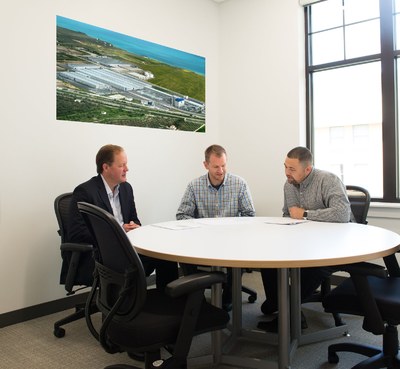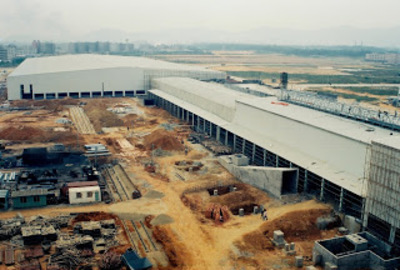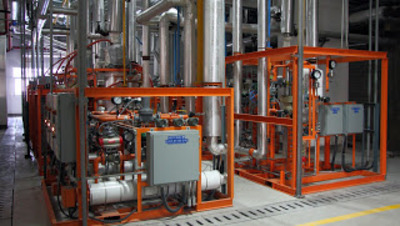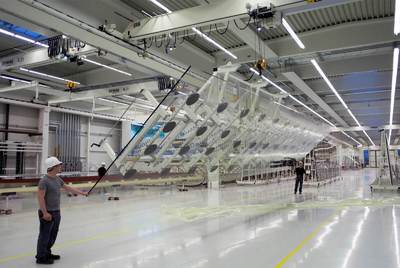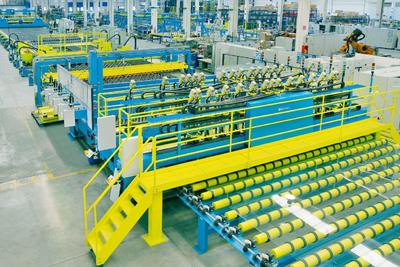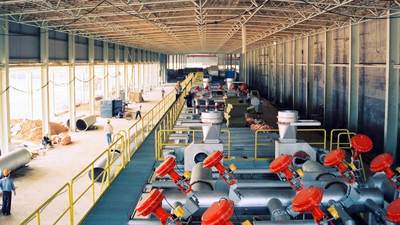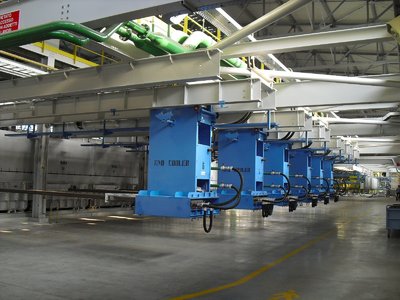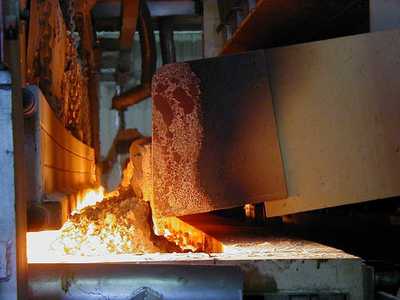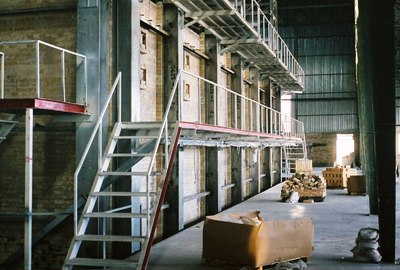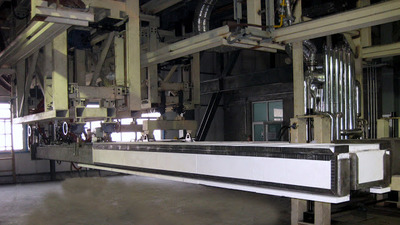Feasibility Studies
Stewart Engineers can help you quantify risks and ensure financial feasibility before investing in glass manufacturing.
Investing in float glass is challenging for new entrants. How can you verify the viability of an idea when there are many small glass importers making gathering market data tricky? There is a broad range of quality, and therefore cost, available in glass industry equipment making a cost benefit analysis difficult.
About Stewart Engineers
Stewart Engineers is a privately held and family-owned company led by glass industry experts. Our company headquarters is in Wake Forest, North Carolina with branch offices in Kyzylorda, Kazakhstan and Altendorf, Switzerland. Les Stewart founded Stewart Engineers in 1986. We have served the glass industry since our inception with engineering and glassmaking equipment.We have a deep understanding of the glass industry due to our expertise and experience in the glass industry. Our knowledge enables us to complete projects, with thoroughness and accuracy, which companies outside the glass industry cannot.
Our Process
LocalWe conduct a market and competition analysis for the local market to determine the market size and competition. Our staff travels to the location to verify the site and market feasibility.
Technical
We develop the technical strategies and solutions for civil and process engineering that best fit the project. After we conduct a feasibility analysis, we can shorten the project timeline because we determine the technical requirements during the feasibility study.
Business
We model the plant performance for five years to understand the initial capital payback period, OPEX, profit and other financial metrics. We also consider risk and consolidate the local data, technical feasibility, and business analysis into a business plan that is used to attract investors and secure financing.
Why Choose Stewart for a Feasibility Study
Accounting firms conduct many feasibility studies, but the results are questionable because they have no process knowledge. Stewart Engineers has a global network of glass partners to determine market data; we design and build high-quality glassmaking equipment, like tin baths and CVD systems, as well as float facilities.
Everyone builds feasibility studies on reasonable assumptions. However, without process knowledge, there is no way to evaluate the reasonableness of the premises. For example, assessing raw material availability is contingent on knowing the glass recipe as well as acceptable quality levels, neither of which is common knowledge.
Stewart Engineers can empower you to make high-quality glass profitably.

